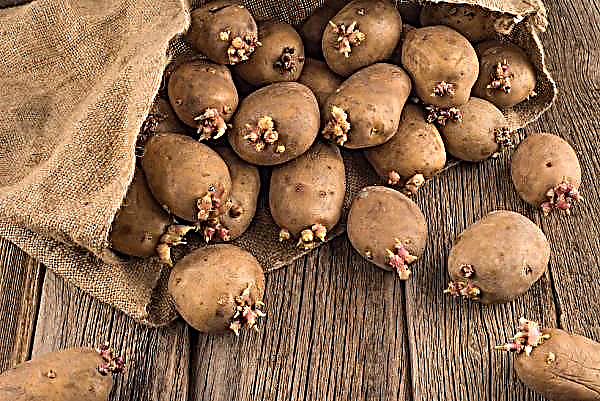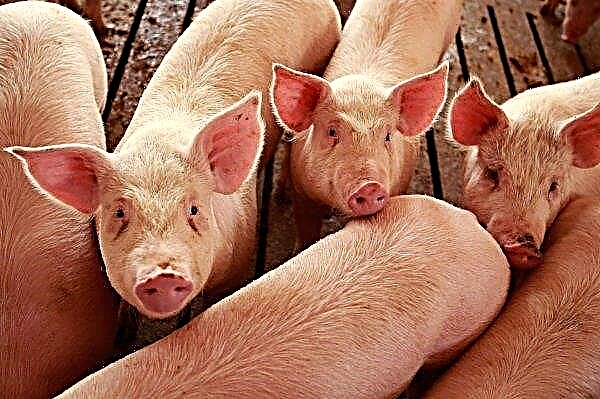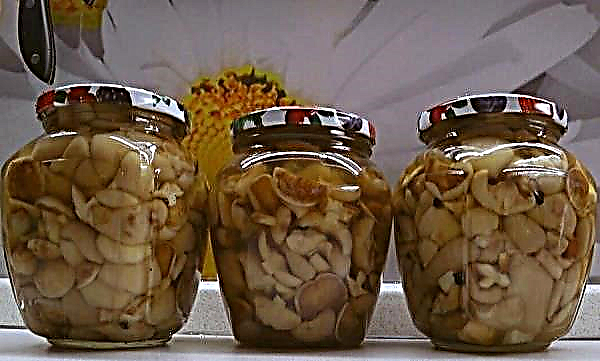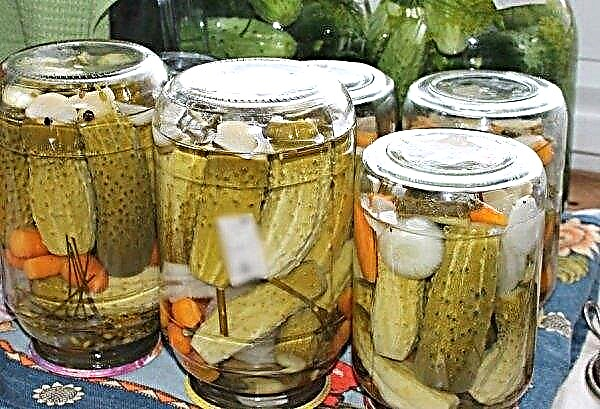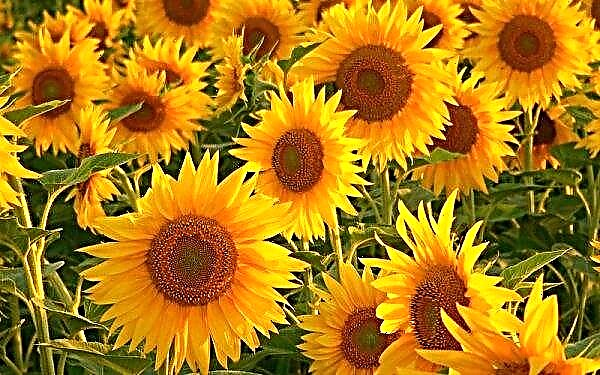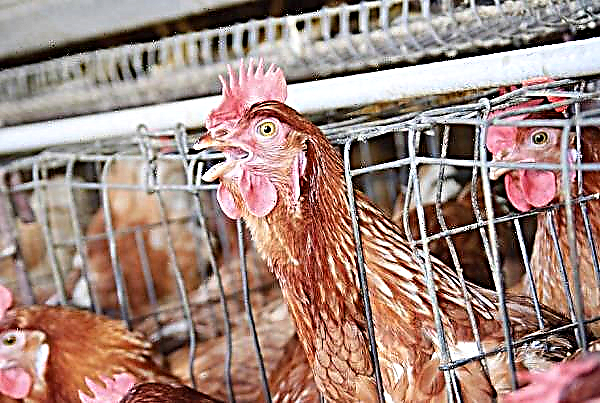Beekeeping in the Urals is difficult because heat-loving insects are forced to winter at very low temperatures - over -35 °. This involves the cultivation of only individual breeds of bees and the use of certain hives. The article is devoted to these and other features of the Ural beekeeping.
History of the Ural beekeeping
The Ural region has climatic conditions that are unfavorable for the cultivation of honey insects - long and harsh winters, short and cool summers with a lot of rainfall. Thus, the bees in this area are without flyby for a long 6-7 months. Nevertheless, beekeeping today is one of the most developed industries in this territory, though mainly on the south side. For several decades now, the Urals have been among the leaders in the production of beekeeping products such as honey and wax. There are also farms breeding thoroughbred insects.

The history of the development of the Ural beekeeping originates in the 16th – 17th centuries. In those days, on-board lands were created in this area, well apiaries at private estates, churches, and monasteries. The largest of them numbered 600–700 decks. The main beekeeping products at that time were honey and wax.
Beekeeping received special development with the arrival of Old Believers to the Urals, for which it was one of the main activities along with agriculture, hunting and fishing.
Did you know? Man managed to domesticate the bees about 5-6 thousand years ago. For ancient insects, the simplest beehives were made from rods, boards or clay containers.
XIX century became the time of mass breeding of honey insects, so it is often called the "golden age of beekeeping." At the beginning of the XX century. Russian beekeepers drew attention to local bees and the “bee path” and began to study them. In the 30s. of the past century, an apiary was organized from forest bees in the Verkhotursky district under the name "Record", on which 87 bee families lived. The annual apiary honey collection was about 80 kg.
Honey bees were kept first in decks and then in frame hives. For the winter, they were sent to basements, underground, Omshaniks. Local bees that have taken root in apiaries have been studied by beekeepers. There is information about records when one bee family gave 140–157 kg of honey per season.

Highlights and technologies for keeping bees
The difficulties of keeping bees in the Urals can be reduced to three main ones:
- low temperatures, which requires special preparation of insects for wintering;
- a short favorable period for honey collection - about 3-4 months a year;
- lack of sufficient honey plants.
Such difficulties require beekeepers living in this area to take special care of bees, in particular, seriously prepare them for the winter period, organize a favorable microclimate in the hives, and tightly monitor the condition and quality of bee colonies.
Video: Wintering of bees in the Urals
One of the necessary measures in preparation for wintering is the preparation of a sufficient amount of feed. Acacia, mustard, clover honey is suitable for these purposes. Experienced beekeepers are not advised to feed insects with sugar, as this negatively affects their productivity and the quality of the products.
It is important for the beekeeper to monitor whether insects need to be fed. This can be determined by the sounds coming from the hive. If it is quiet, then there is enough food. If you hear a strong buzzing, then this is a signal for the apiary owner about the need for feeding.

Bees are hibernated under natural insulation, i.e., in snowdrifts of snow or in Omshaniks, winter houses, specially insulated. The hive should be insulated so that the temperature in it does not fall below + 2 ° C. It is important that there is no increased humidity in it, since dampness can provoke the death of insects and a deterioration in the quality of bee products.
Since the bees that breed in the Urals have a tendency to swarm, it is necessary to take timely preventive measures to prevent this process - add a framework for expansion, replace the uterus with young individuals, etc.
Important! Before wintering, it is worth discarding low-productive bee colonies. Feeding them is not economically feasible.
Insects fly around in early April and continue until the end of September. The melliferous plants for them are conifers, linden, fireweed, willow, raspberry, angelica, forbs, field herbs. The types of honey that can be obtained in the Urals are forest, linden, steppe, and field.
Types of Ural hives
In the described area, these types of hives are most often used:
- Double hull. Consists of two cases, a bottom and a cover. Each of the departments has 12 standard frames. There are air vents in the roof. In the hive there are 2 letka - the lower and upper.

- Double-walled. It contains 12, 14, 16 nesting frames and 1-2 extensions with half frames. His walls are double. Between them there is a thermal insulation material.

- Alpine. Consists of several buildings and a feeder on the ceiling. It has no dividing grilles and ventilation holes.
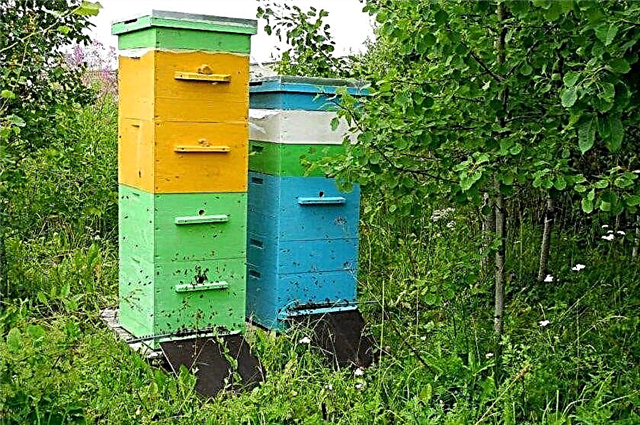
Bee breeds for the Urals
The best breed of bees for breeding in the Urals is Central Russian. It also contains karnik, Carpathian breed. They are able to survive in such harsh conditions.
Central Russian breed. Its other names are European dark, forest dark. The body of the insect is painted in a dark gray color. This bee is slightly larger in size than other common subspecies, reaches a mass of 100-110 mg. Has a short proboscis.
Important! In an apiary, it is desirable to contain bees of the same breed. So the process of caring for them becomes more simple and cost-effective.
- In addition, she is endowed with the following qualities:
- stamina;
- strong immunity;
- aggressiveness;
- ability to intensive medical collection;
- a tendency to swarm;
- high fecundity;
- harvesting honey with a high content of valuable elements;
- the use of a small amount of feed during wintering;
- good survival in all types of hives.
 The spread of this subspecies of the bee to the Urals occurred naturally. Since the number of families of Central Russian bees in Russia is small (only about 5%), a breeding center has been created in the Russian Federation to deal with the problems of this subspecies.
The spread of this subspecies of the bee to the Urals occurred naturally. Since the number of families of Central Russian bees in Russia is small (only about 5%), a breeding center has been created in the Russian Federation to deal with the problems of this subspecies.
Karnika, or Krainsky breed. The main advantage of this breed is its peacefulness - it does not show aggression towards humans. The insect is medium in size. His body is painted gray. Yellow stripes on it are rare. Strawberry weighs from 100 to 230 mg. Her proboscis is long - about 7 mm. It tolerates frosty temperatures, consumes a small amount of food during the winter, and has strong immunity. Information on the indicators of her swarming is different and varies depending on the place of residence.
 The main disadvantage of the karnik is genetic instability - when a drone penetrates another breed into the family, a new species does not get its good qualities
The main disadvantage of the karnik is genetic instability - when a drone penetrates another breed into the family, a new species does not get its good qualities
Carpathian breed. Carpathian is painted gray and has a silver pubescence. The weight of one individual is 210–230 mg. These bees are hardy, with sufficient warming tolerate winters. By nature, they are somewhat more aggressive than strawberries. They have a long proboscis, which allows you to get pollen in hard to reach places. The huge advantages of this breed are not the tendency to swarm and a quiet change of queens.
 The main disadvantage of the karnik is genetic instability - when a drone penetrates another breed into the family, a new species does not get its good qualities
The main disadvantage of the karnik is genetic instability - when a drone penetrates another breed into the family, a new species does not get its good qualities
The main methods of beekeeping
In the Urals, several methods of keeping honey insects are most often used, among them:
- E. Varre;
- V. G. Kashkovsky (Kemerovo system);
- V. Koptev and G. Kharchenko;
- two-uterine and two-hull contents;
- A. Ermolaev.
Did you know? The most ancient bee remains found to date are 100 million years old. They were dug up in Burma. The found insect represents a transitional form from a predator wasp to a pollinating bee.
So, the Ural beekeeping has a number of features due to harsh climatic conditions, risky for breeding bees. Nevertheless, many beekeepers, mastering certain technologies and acquiring winter-hardy species of insects, organize successful apiaries, achieving amazing sizes of honey collection.




